Apple iPhone SE review - small package still contains big things
The mini iPhone may be getting on a bit, but don’t count it out
Despite its age, Apple's smaller iPhone is still a heavyweight when it comes to performance and value. It's also one of the only smaller phones you can get your hands on.
-
+
One of the only 4in phones available; Lengthy battery life; Still attractive; Fast
-
-
Screen feels outdated and disappointing; Lacking advanced camera features

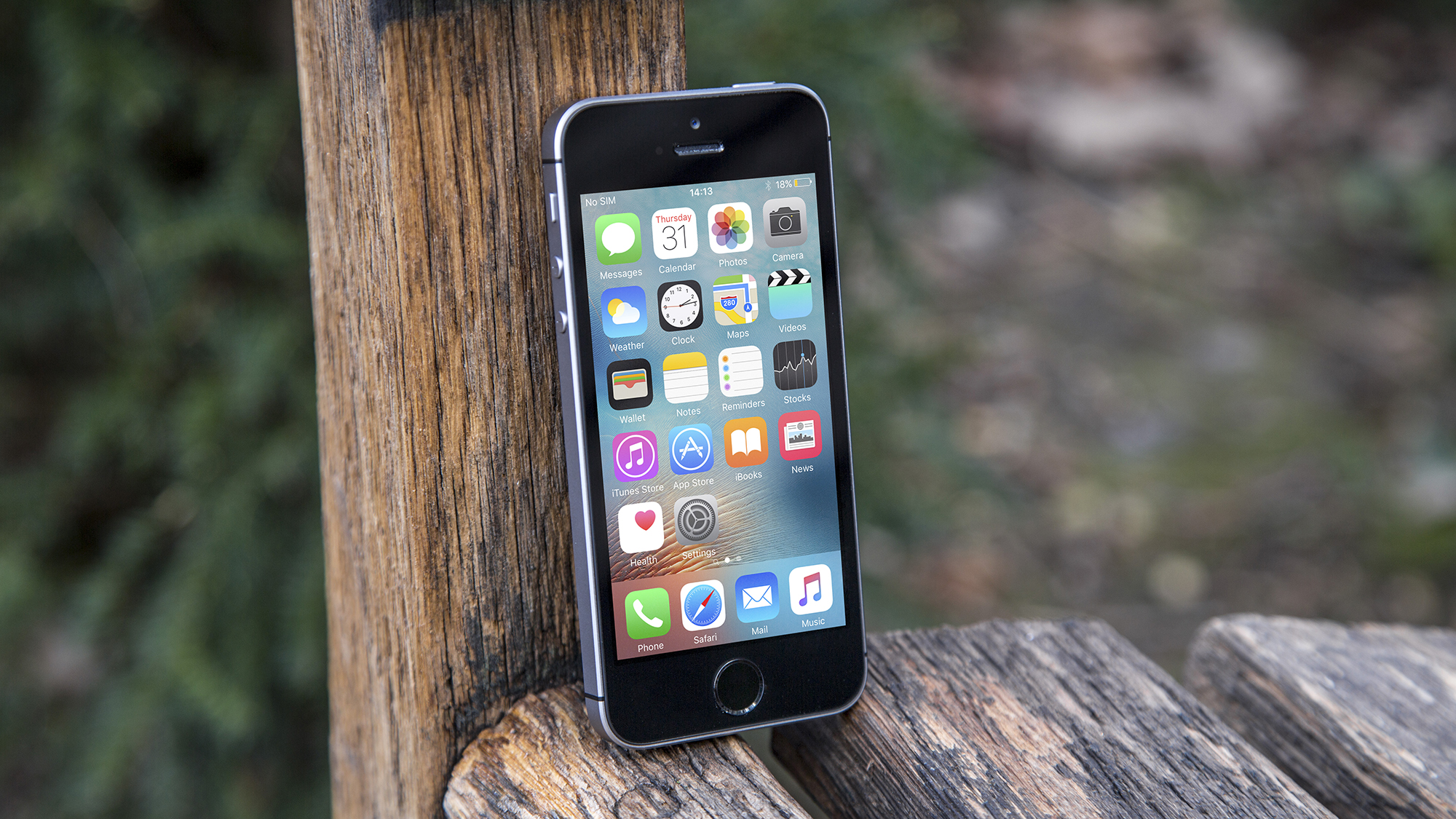
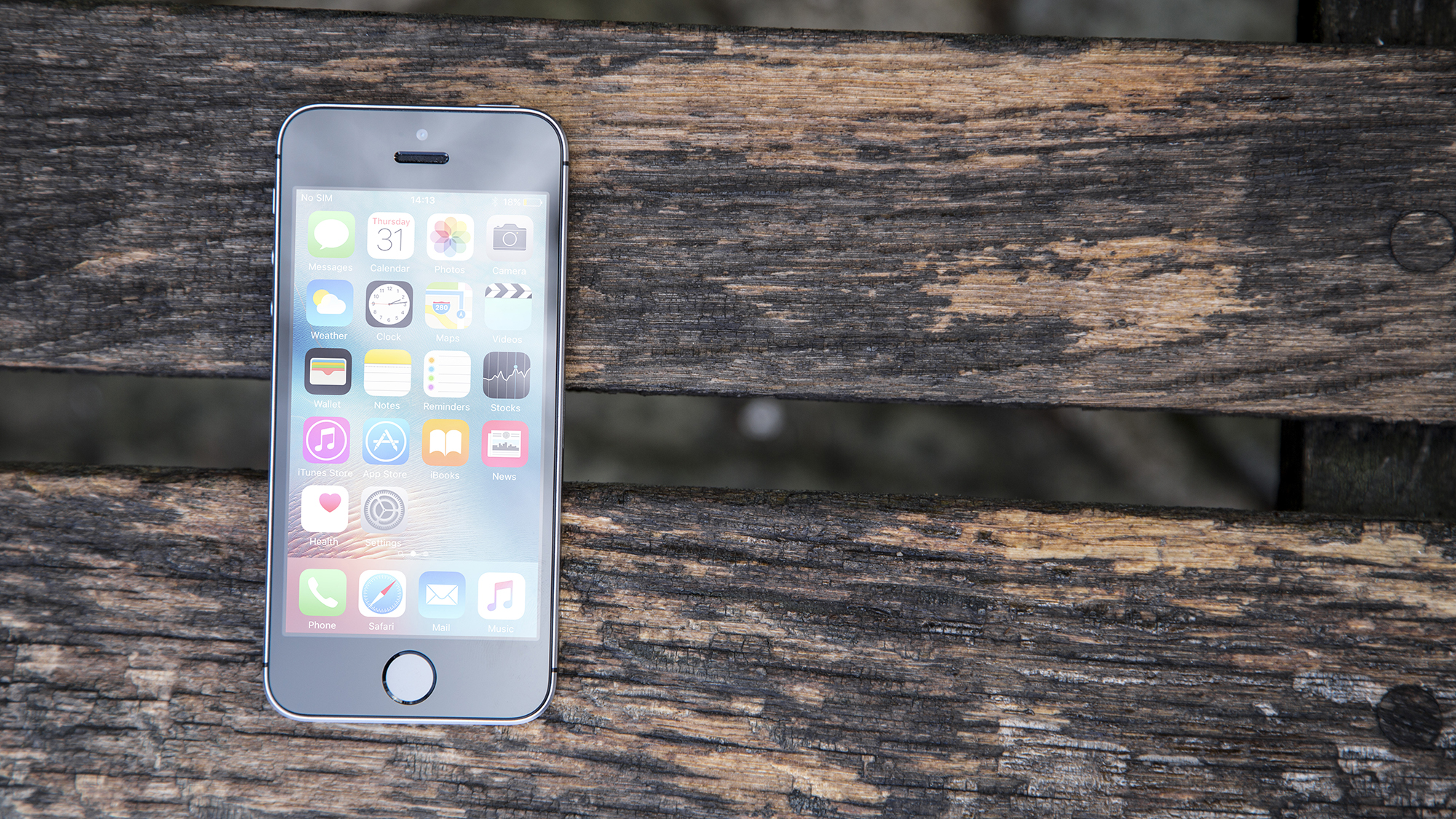
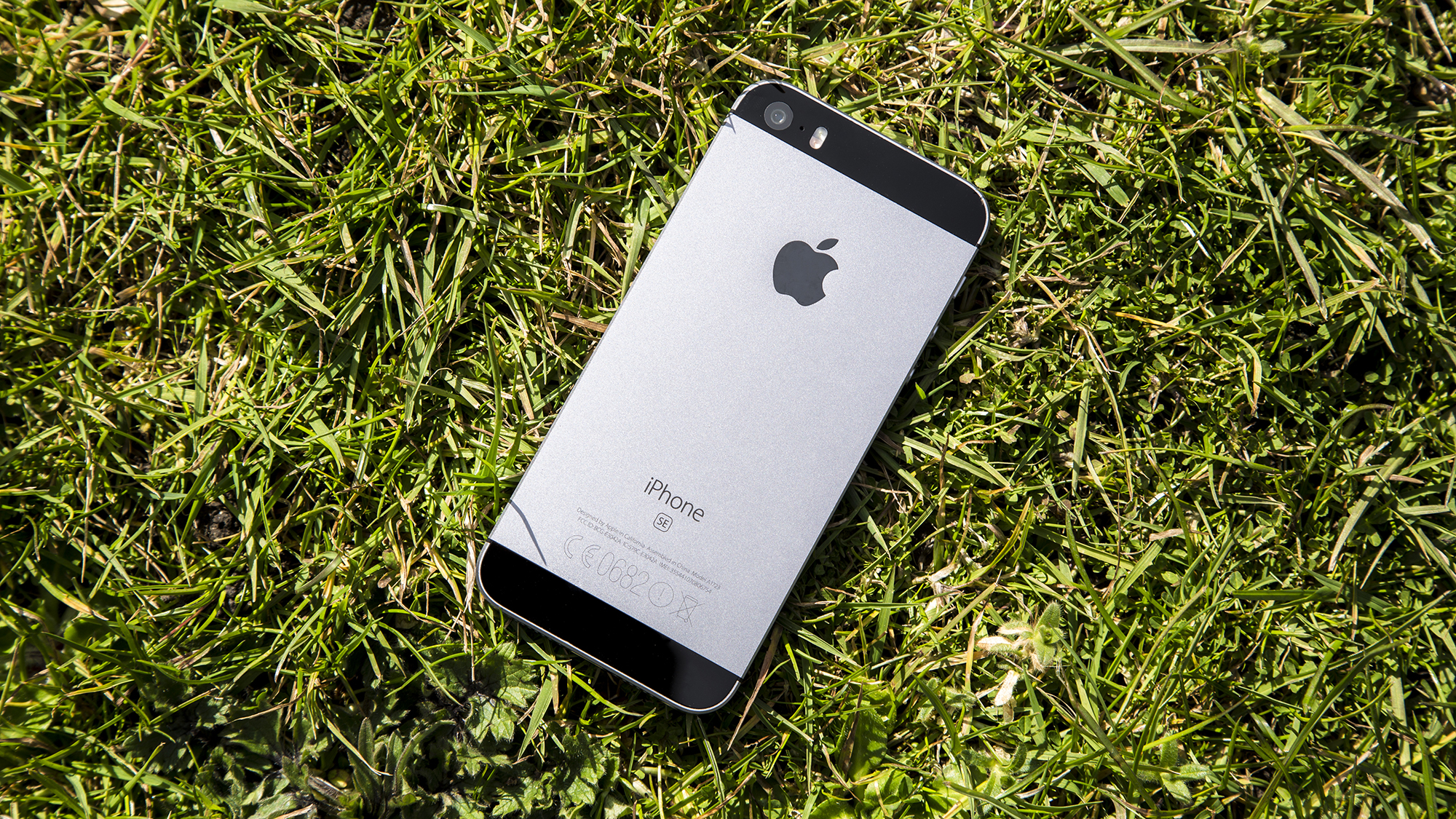
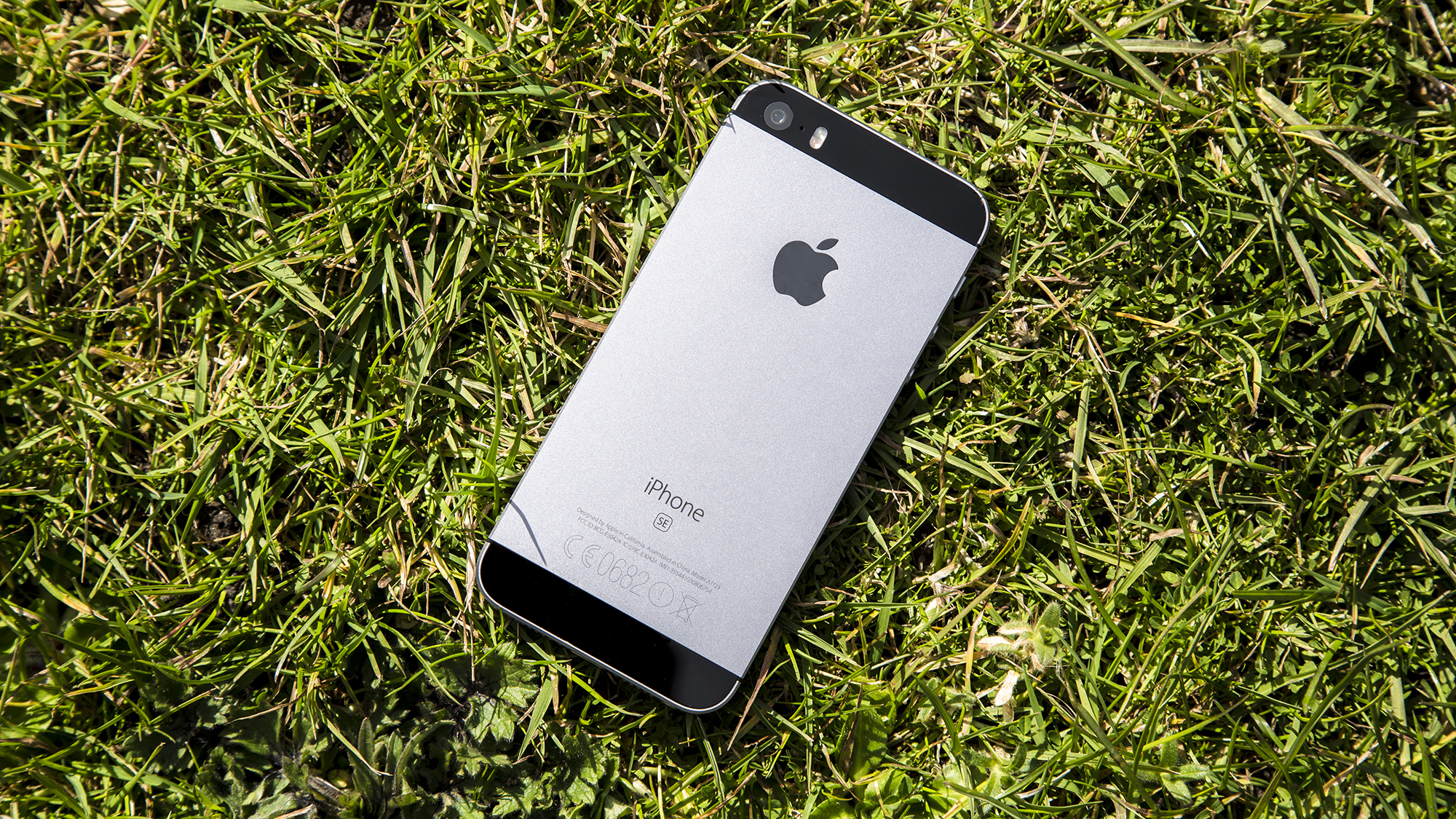
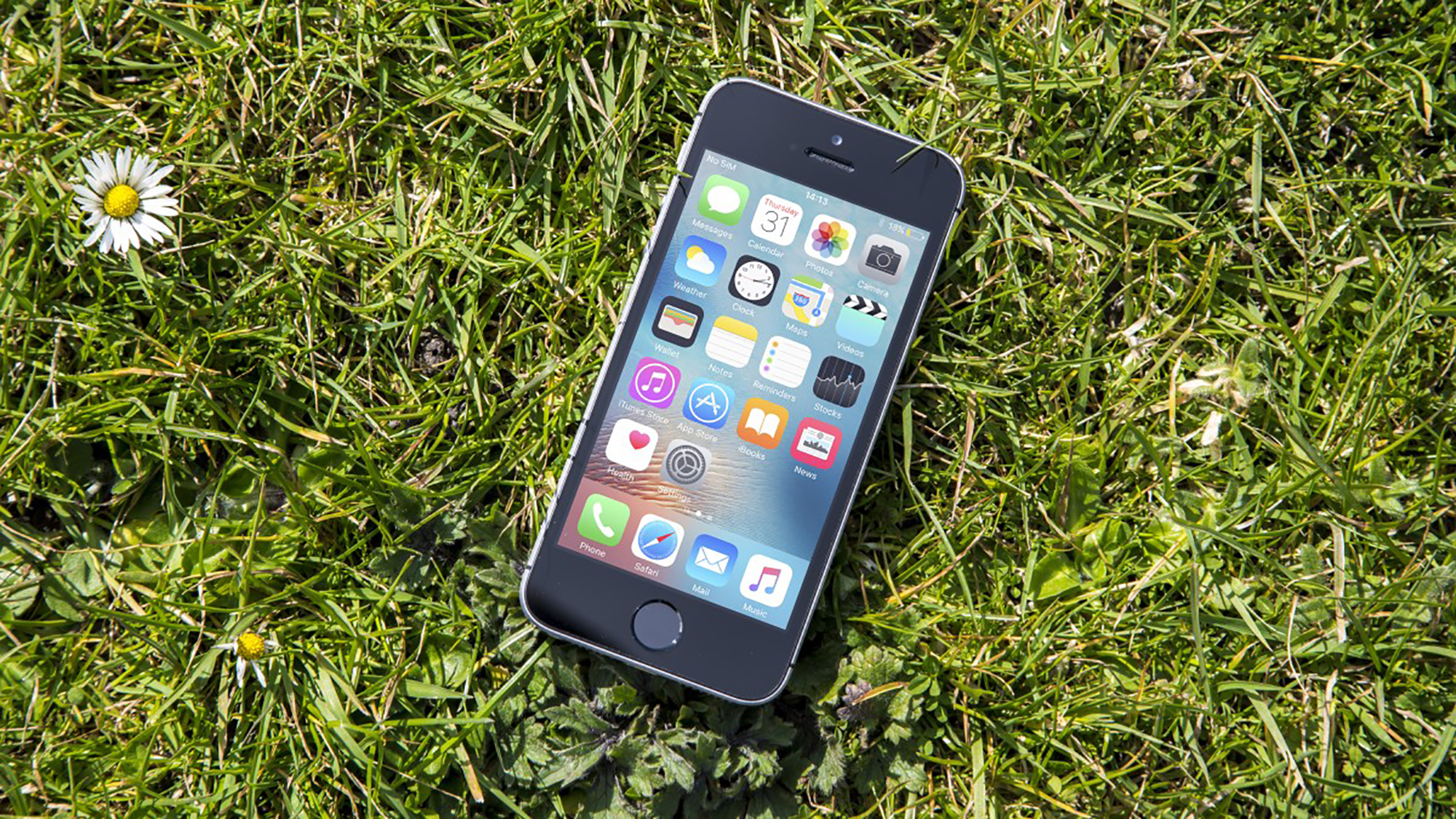
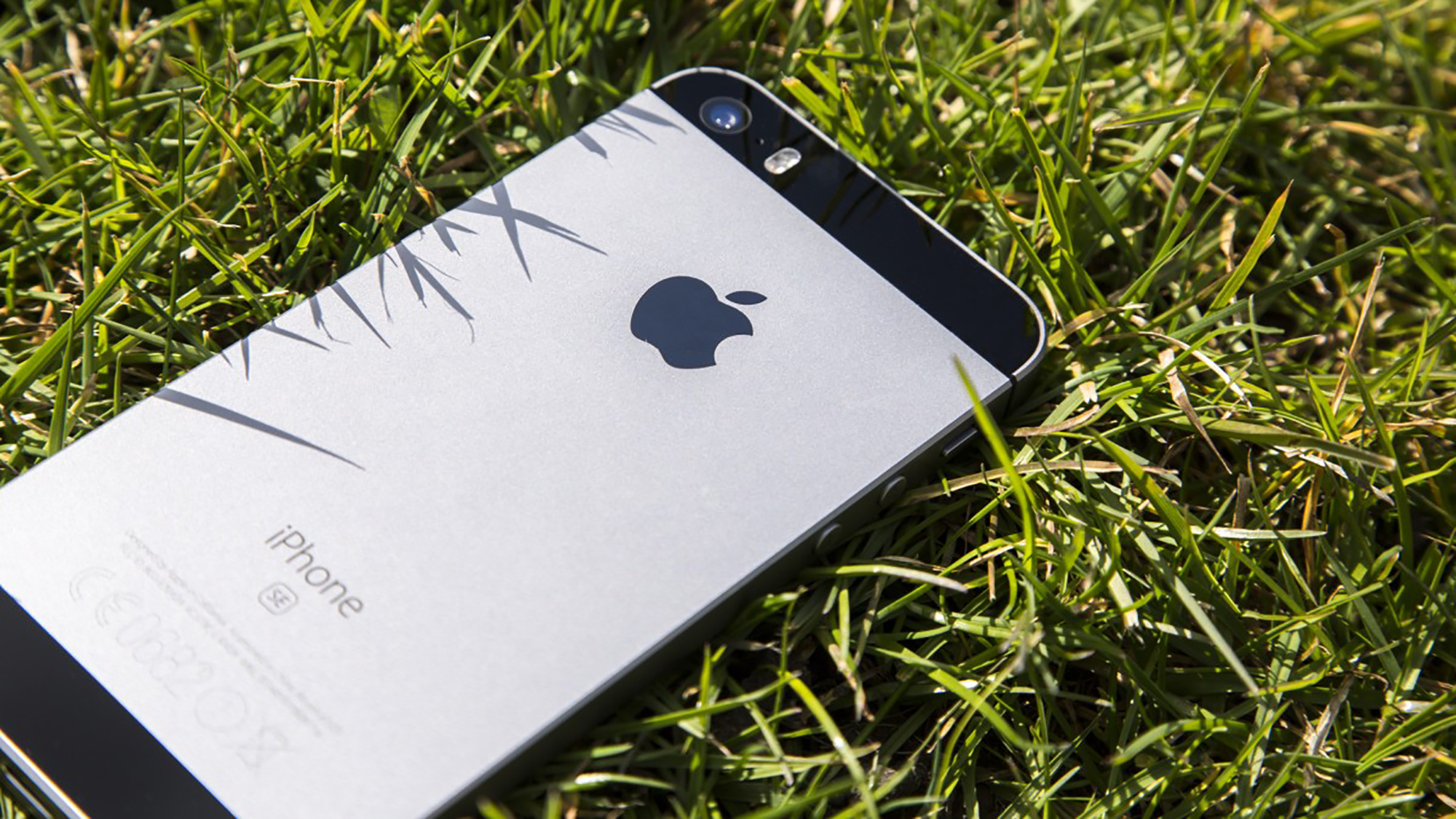
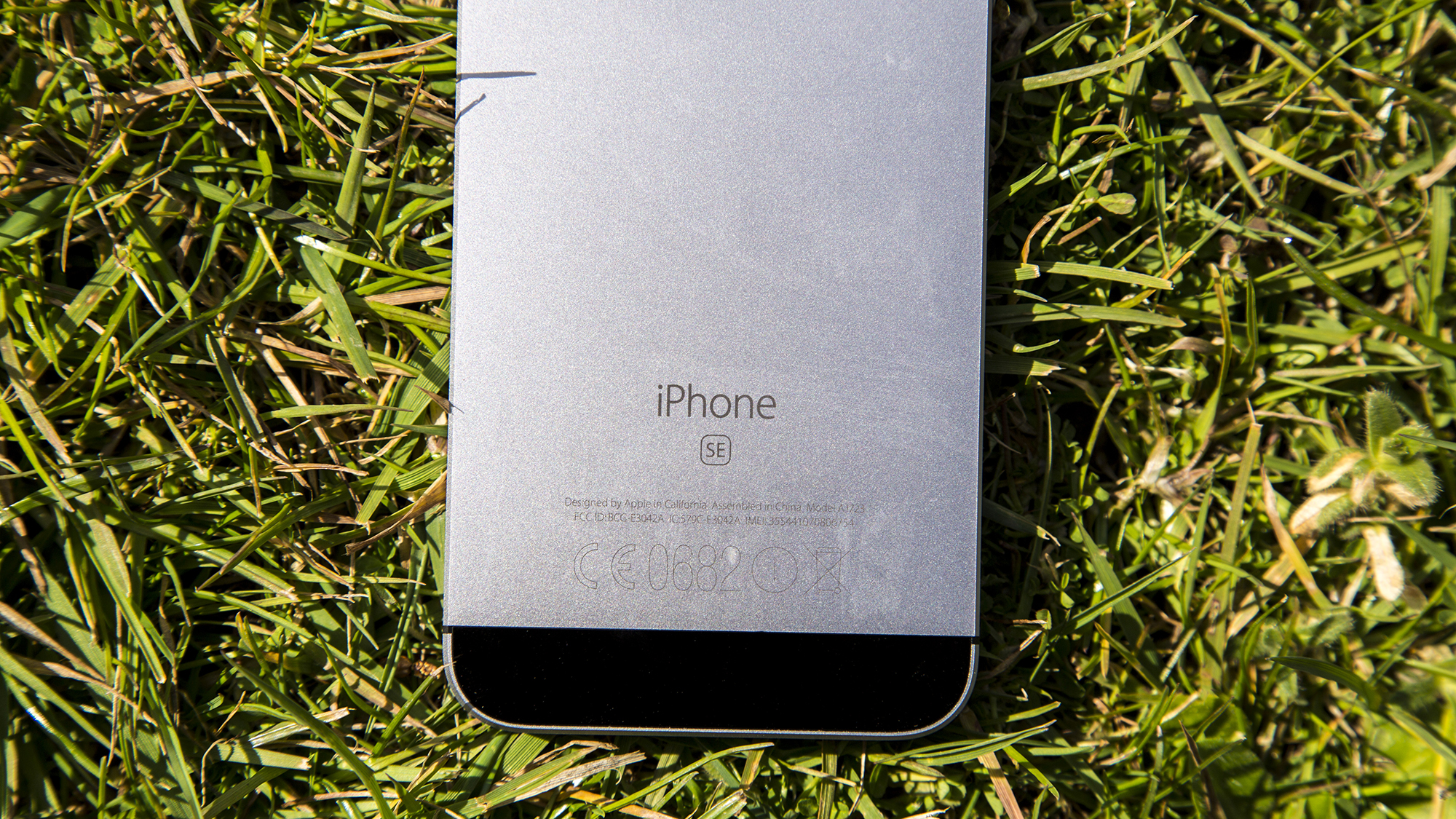
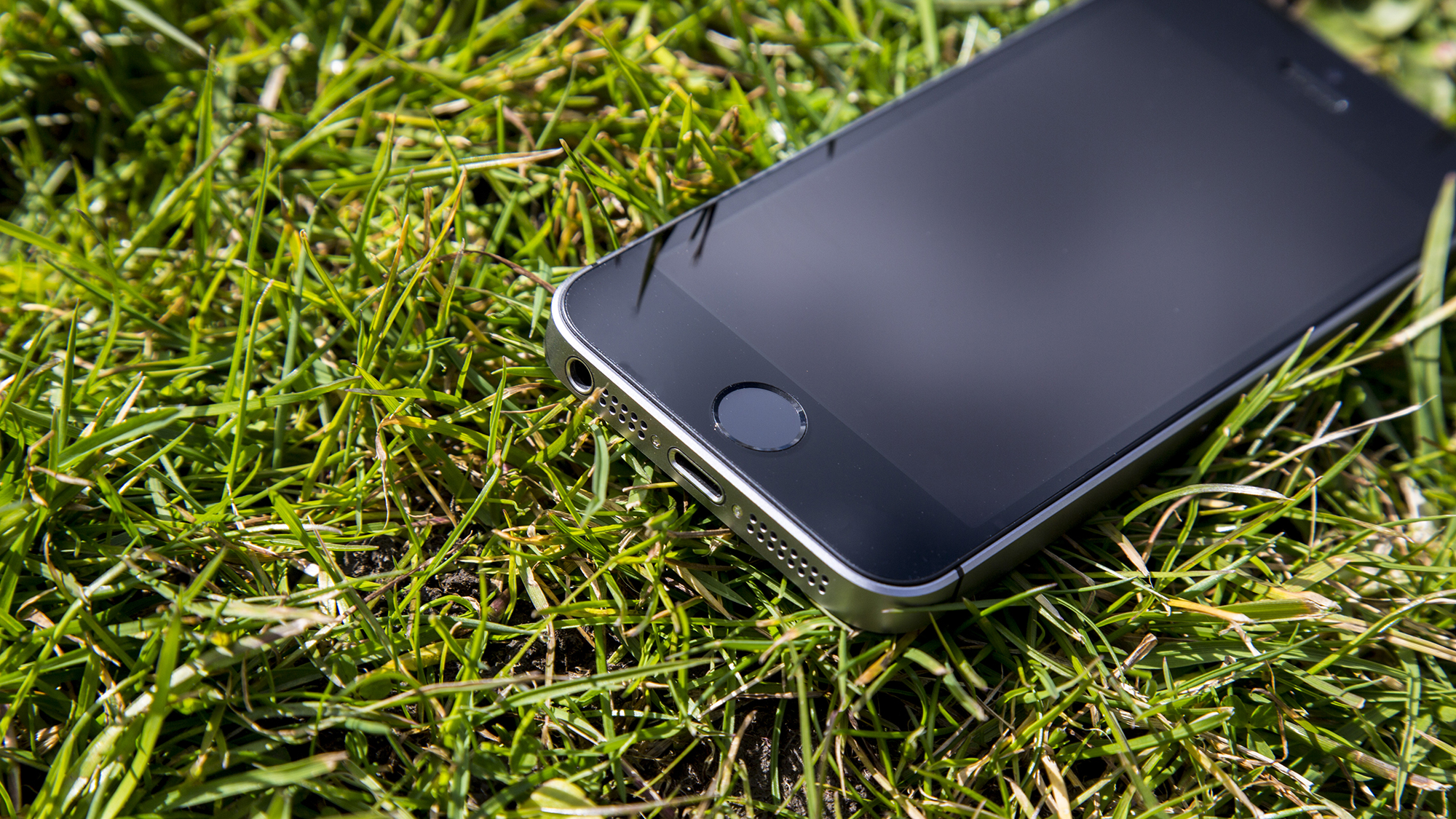
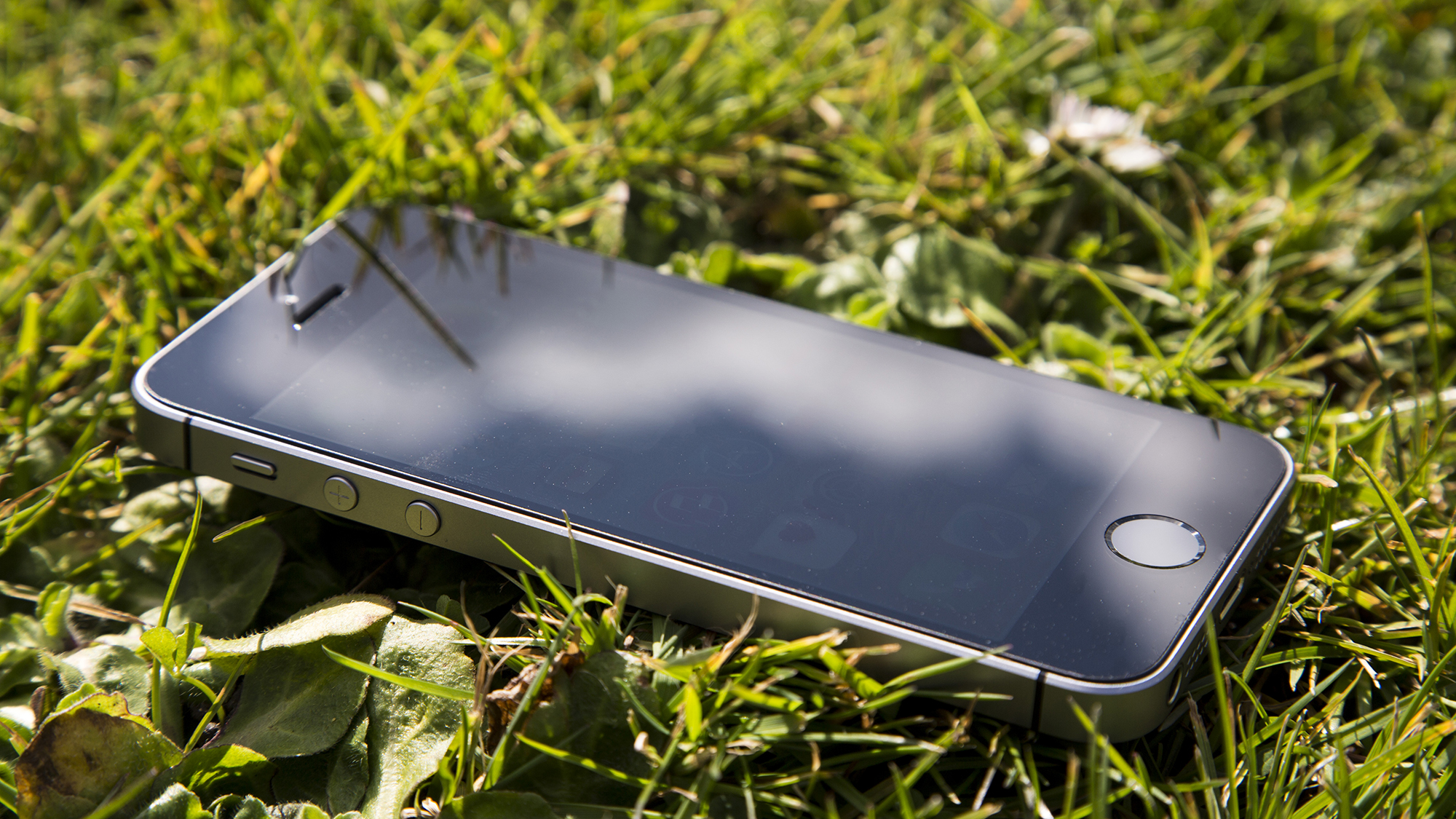
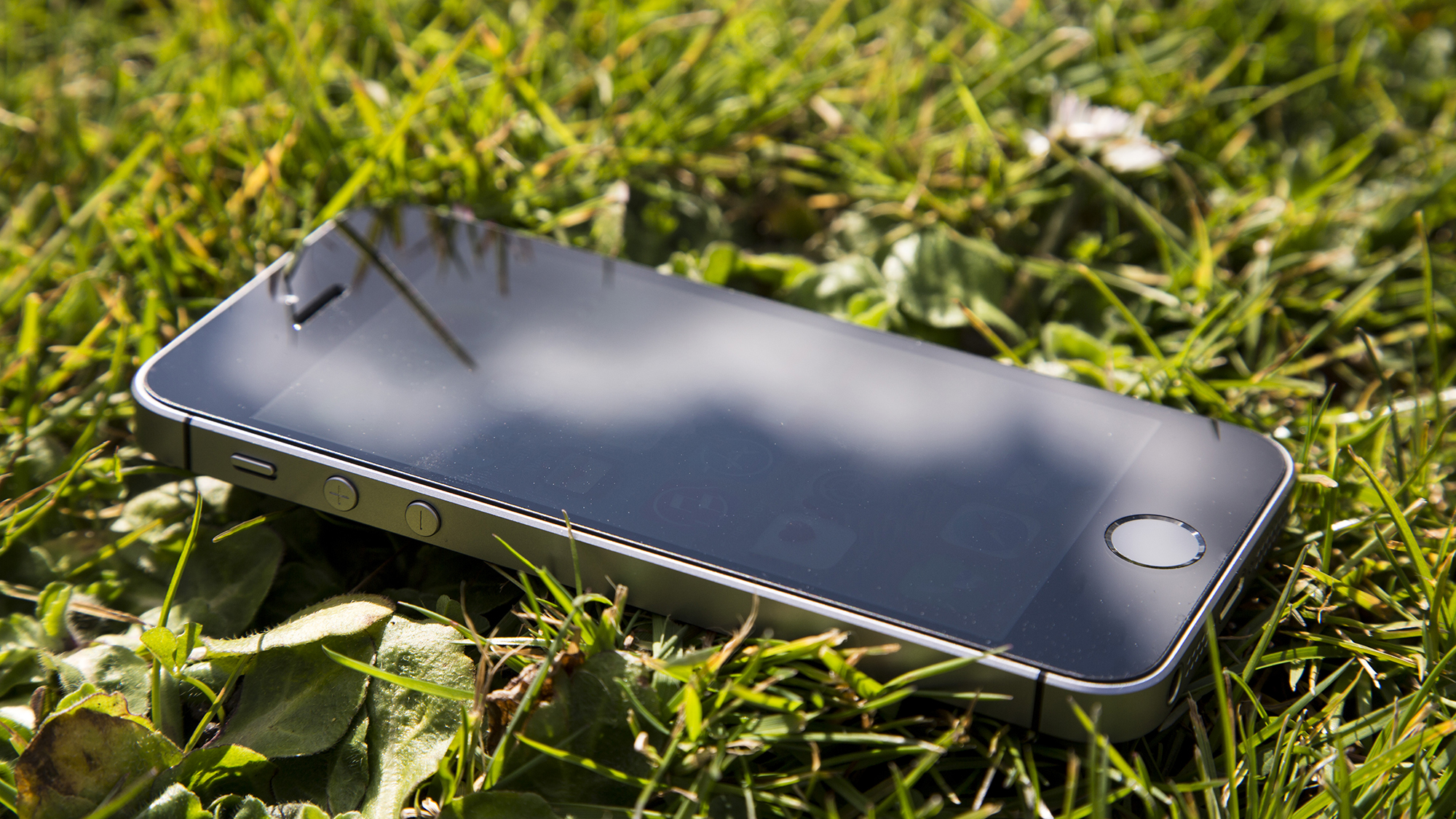
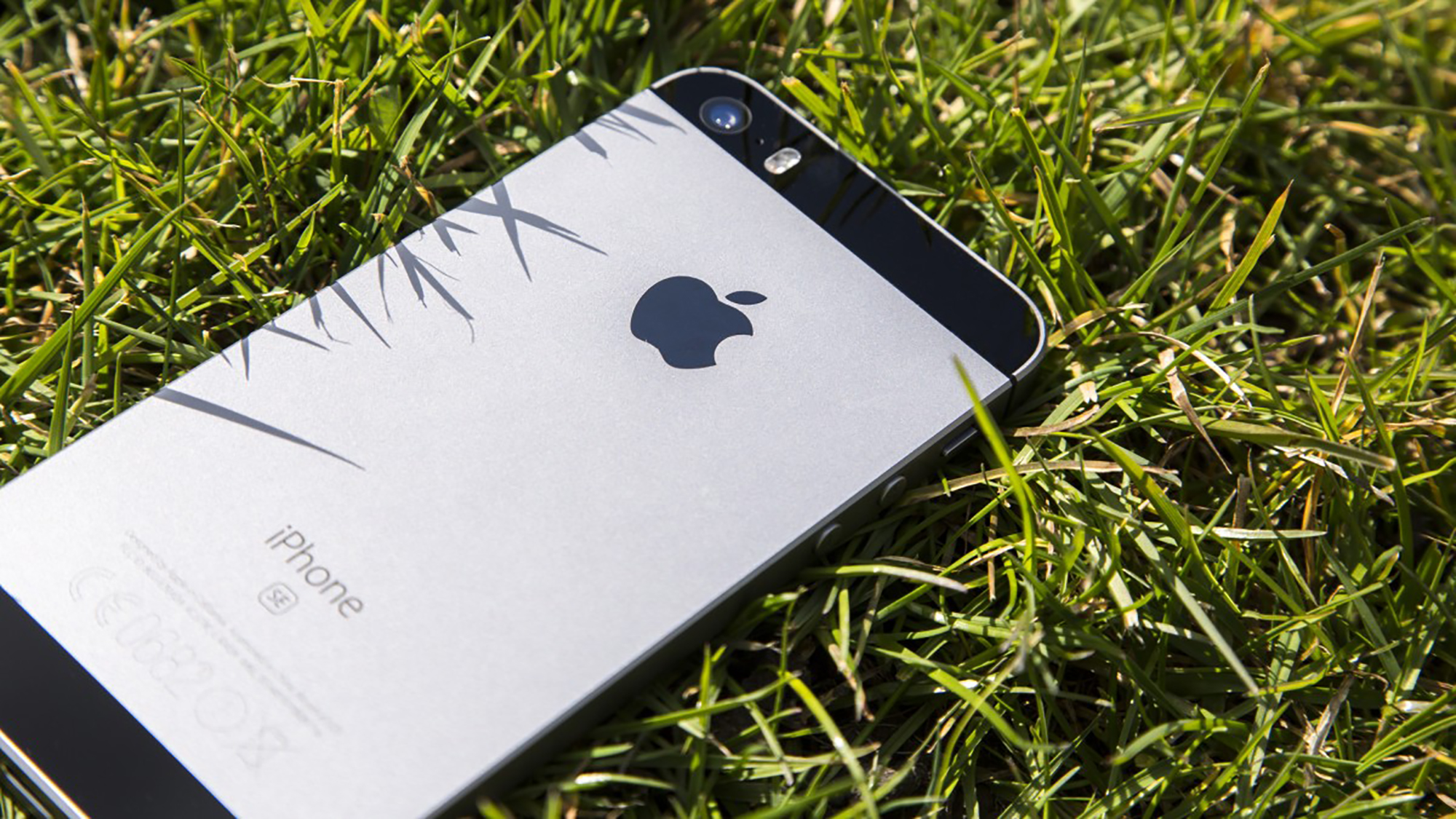
Apple's iPhone SE feels like a charming throwback to the olden days of smartphones, when everyone was pushing to make devices smaller and smaller. Before the days when mammoth 6in-plus screens were commonplace, when phones over 4.5in were designated as 'phablets', 4in devices like the iPhone SE ruled the roost.
Those days are past now, and instead, smaller phones have almost entirely disappeared in favour of models with 5in or 6in screens - sometimes more. For those that want a smaller device, there aren't that many options, leaving the iPhone SE as one of the few modern devices they can go for.
The iPhone SE might look adorably pint-sized compared to recent flagships, but can it still hold its own against the (figurative and literal) big boys?
Design
One of the principal advantages that the iPhone SE has is that it's one of the smallest premium smartphones still on the market. While most manufacturers (including Apple) have continued to release bigger and bigger devices, the iPhone SE is still a petite and highly pocketable 4in.
This may seem like a trivial matter, but for those who aren't so keen on carting around a mammoth 6in slab in their pockets, there are virtually no phones in the 4-5in range. The Sony Xperia XZ1 Compact is one of the only devices to come close to its size, but even that is a considerably larger device. If you've got small hands, the iPhone SE is still likely to be one of the most comfortable options to use.

The SE uses the same casing as 2012's iPhone 5, so it's not particularly flashy or eye-catching. With that being said, however, it's far from unattractive. The clean, precise lines of the chassis and the machined, industrial look of its aluminium frame give it a classic, almost retro aesthetic. The iPhone 5 was a good-looking phone when it came out 5 years ago, and it hasn't gotten any less so with age.
Another benefit to re-using the iPhone 5's chassis is that Apple has been able to pass on the savings in design and manufacturing costs, making the iPhone SE the cheapest iPhone by some considerable distance. In fact, it's not far off the pocket-friendly price of mid-range devices like the HTC U11.
Sign up today and you will receive a free copy of our Future Focus 2025 report - the leading guidance on AI, cybersecurity and other IT challenges as per 700+ senior executives
Display
The screen, on the other hand, has not aged quite so well. While it makes for a pleasingly miniature footprint, the fact is that a 4in screen just doesn't give you all that much room to do things. Typing and swiping isn't much of a problem, provided you've got small hands, but watching videos or doing anything that requires precise, detailed interactions is going to be a challenge. Editing documents or composing long emails, for example, isn't going to be a particularly pleasant experience.
Its colour accuracy and brightness are still among the best around, so display quality is on form. Unfortunately, there's also the 1136 x 640 resolution. Even the cheapest budget phones are sporting 720p displays these days, and the iPhone SE looks noticeably less impressive than its 1080p rivals, despite the fact that it only has to cover a 4in panel.

Another fairly big difference between the iPhone SE and later generations is that the SE lacks 3D Touch. We missed the innovative pressure-sensitive screen of more recent iPhones a lot, but its absence from the SE isn't exactly surprising. It would have made the phone more expensive and potentially increased its bulk too.
Adam Shepherd has been a technology journalist since 2015, covering everything from cloud storage and security, to smartphones and servers. Over the course of his career, he’s seen the spread of 5G, the growing ubiquity of wireless devices, and the start of the connected revolution. He’s also been to more trade shows and technology conferences than he cares to count.
Adam is an avid follower of the latest hardware innovations, and he is never happier than when tinkering with complex network configurations, or exploring a new Linux distro. He was also previously a co-host on the ITPro Podcast, where he was often found ranting about his love of strange gadgets, his disdain for Windows Mobile, and everything in between.
You can find Adam tweeting about enterprise technology (or more often bad jokes) @AdamShepherUK.
-
 AI is creating more software flaws – and they're getting worse
AI is creating more software flaws – and they're getting worseNews A CodeRabbit study compared pull requests with AI and without, finding AI is fast but highly error prone
By Nicole Kobie Published
-
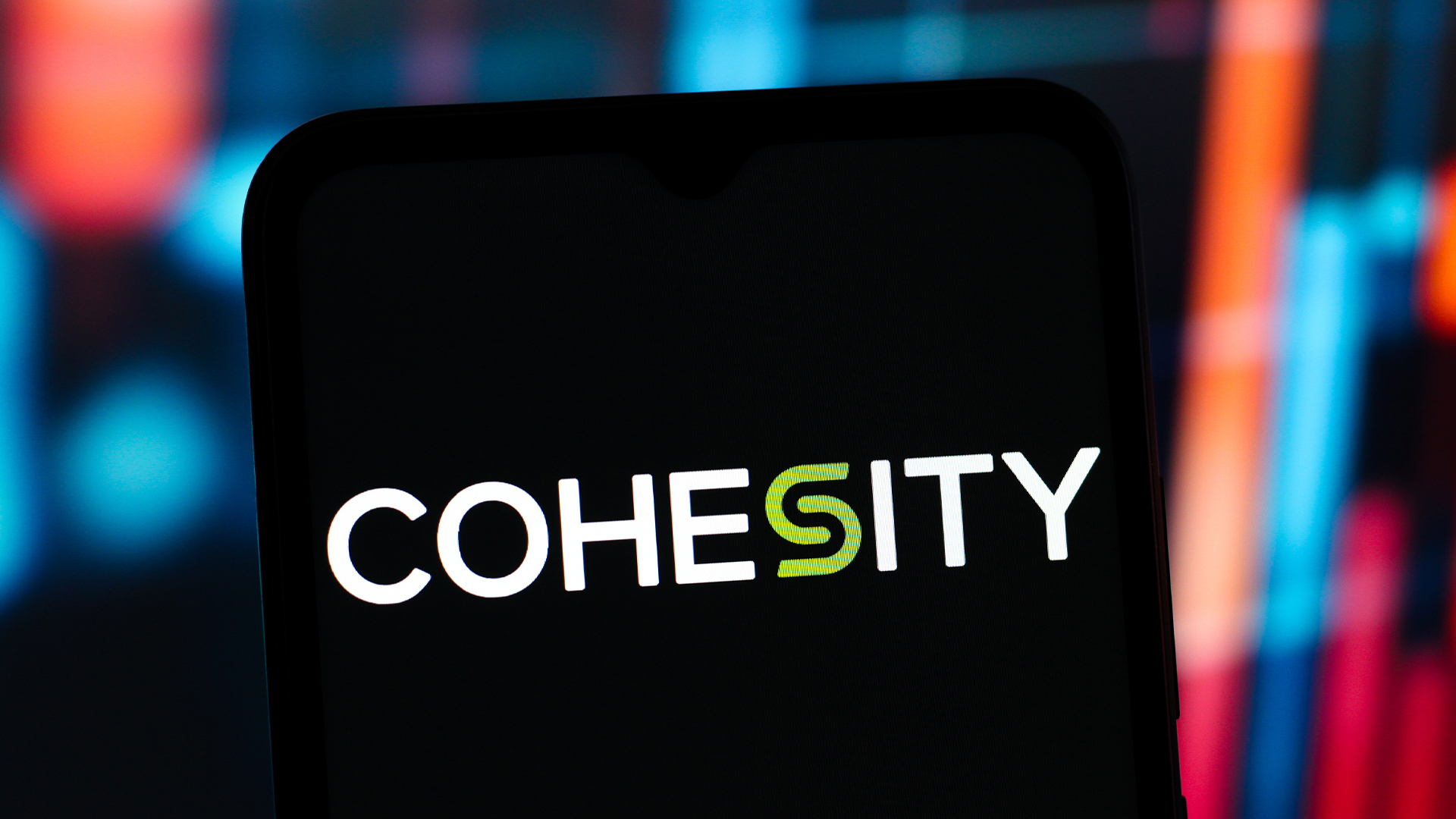 Cohesity deepens Google Cloud alliance in data sovereignty push
Cohesity deepens Google Cloud alliance in data sovereignty pushNews The pair’s expanded collaboration will focus on new integrations for AI, cybersecurity, and data protection
By Daniel Todd Published
-
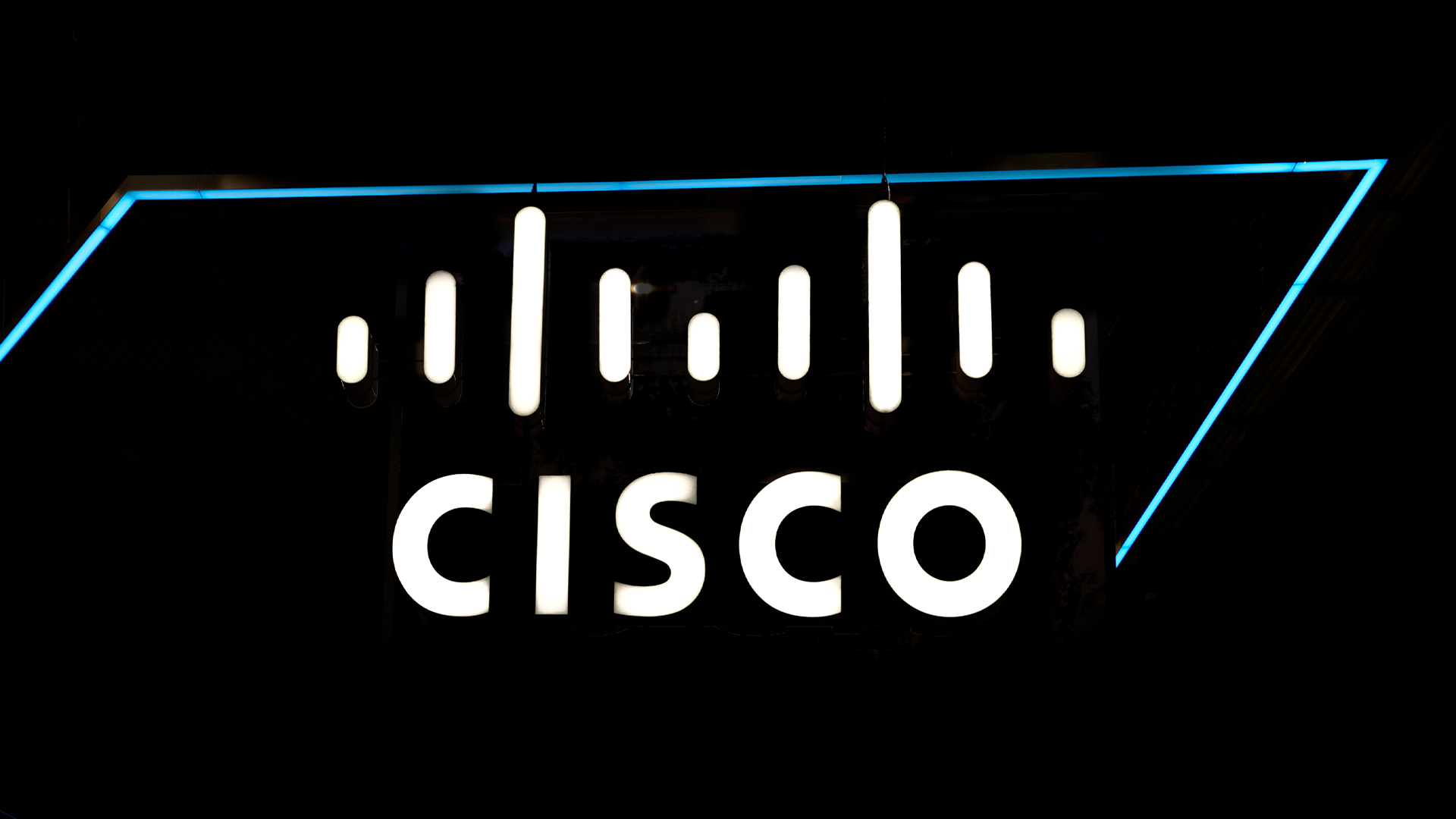 Cisco says Chinese hackers are exploiting an unpatched AsyncOS zero-day flaw – here's what we know so far
Cisco says Chinese hackers are exploiting an unpatched AsyncOS zero-day flaw – here's what we know so farNews The zero-day vulnerability affects Cisco's Secure Email Gateway and Secure Email and Web Manager appliances – here's what we know so far.
By Emma Woollacott Published
